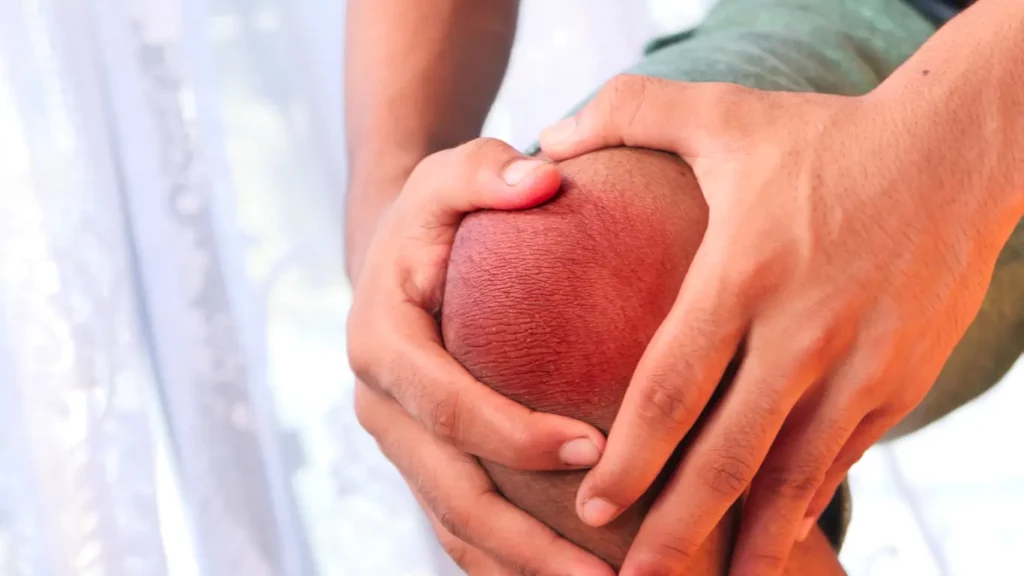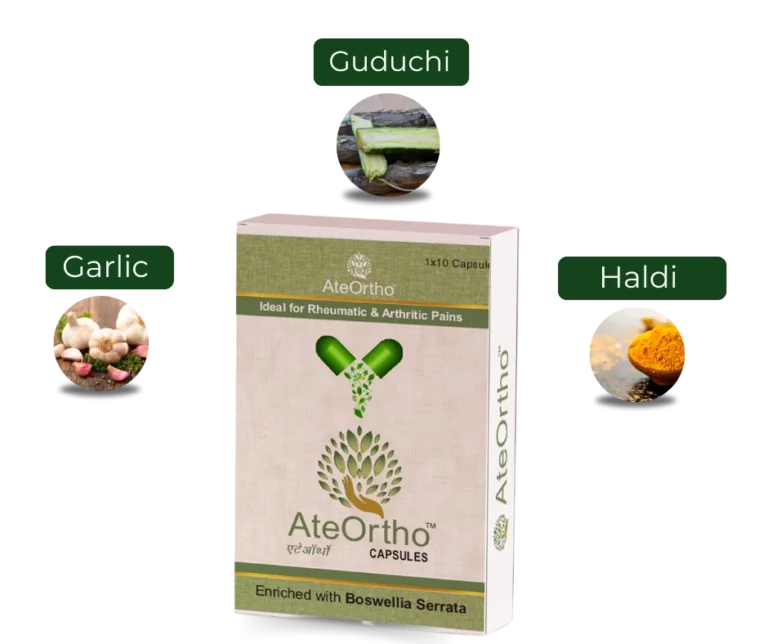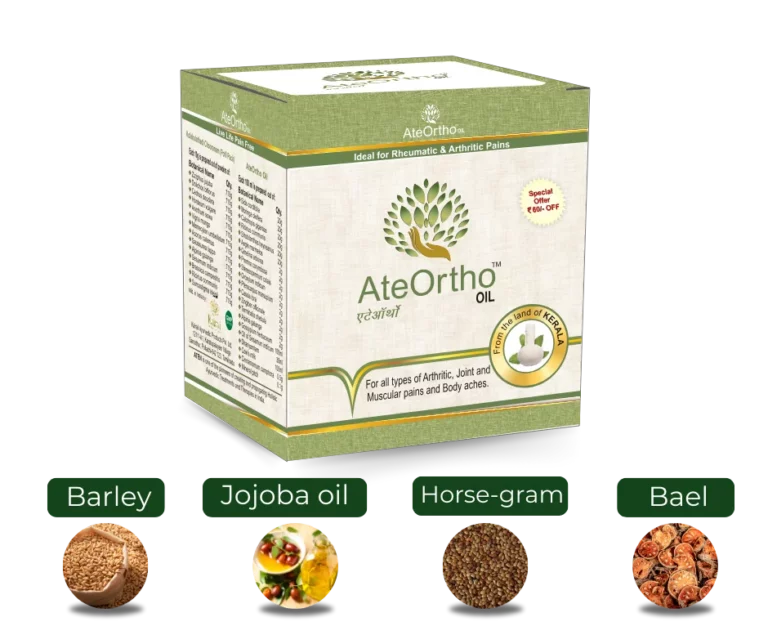Joint Pain and Stiffness All Over Body: Understanding the Discomfort

Joint pain and stiffness all over the body can significantly impact our daily lives, making even the simplest tasks seem challenging. This article will delve into the causes, effects, and potential solutions for those who suffer from joint pain and stiffness.
Introduction to Joint Pain
Joint pain is a common complaint that can affect people of all ages. It can range from mild discomfort to severe agony, hindering one’s ability to perform daily activities. Understanding the underlying causes is essential to managing and alleviating this discomfort.
Common Causes of Joint Pain
Joint pain can result from various factors, including injury, overuse, or underlying medical conditions. Some of the most common causes of joint pain include osteoarthritis, rheumatoid arthritis, and gout. These conditions affect the joints differently and require specific treatments.
The Impact of Stiffness on Daily Life
Stiffness often accompanies joint pain, making it difficult to move the affected joints. This stiffness can affect mobility and lead to a decreased quality of life. Managing both pain and stiffness is crucial to maintaining an active and fulfilling lifestyle.
Identifying the Affected Joints
Understanding whether the pain and stiffness affect a single joint or multiple joints is crucial. Different conditions can target specific joints or affect multiple areas simultaneously. The affected joints can also vary based on age and lifestyle factors.
Single or Multiple Joints?
Some individuals may experience joint pain and stiffness in a single joint, such as the knee or shoulder. In contrast, others may encounter discomfort in multiple joints throughout their body. The extent of joint involvement often dictates the underlying cause and treatment options.
The Role of Age and Lifestyle
Age and lifestyle choices can play a significant role in the development of joint pain. As we age, the wear and tear on our joints increase. Additionally, lifestyle factors like diet and exercise can impact joint health. Understanding these factors is crucial for managing and preventing joint discomfort.
Medical Conditions and Joint Pain
Several medical conditions can lead to joint pain and stiffness, with arthritis being one of the most prevalent. Let’s explore the connection between these conditions and the discomfort they bring.
Arthritis: A Leading Cause
Arthritis is a broad term that encompasses various inflammatory joint diseases. Osteoarthritis, the most common type, is characterized by the breakdown of joint cartilage. Rheumatoid arthritis, on the other hand, is an autoimmune disorder that affects the synovium, leading to joint inflammation.
Other Conditions Leading to Joint Pain
Apart from arthritis, other conditions, such as lupus, fibromyalgia, and bursitis, can also contribute to joint pain. It’s crucial to identify the specific condition to determine the appropriate treatment approach.
Coping Mechanisms and Lifestyle Changes
Managing joint pain and stiffness often involves making lifestyle changes. This section explores how staying active, making dietary adjustments, and ensuring adequate rest can make a significant difference in alleviating discomfort.
Staying Active and Exercise
Regular physical activity can help strengthen the muscles around the affected joints and reduce pain. Low-impact exercises, such as swimming and yoga, are excellent choices for individuals with joint issues.
Dietary Choices and Supplements
Diet plays a crucial role in joint health. Incorporating anti-inflammatory foods like fatty fish, nuts, and berries can help reduce joint pain. Supplements like glucosamine and chondroitin are also popular choices for those looking to enhance joint health.
The Importance of Rest and Relaxation
Adequate rest and relaxation are essential for joint recovery. Ensuring you get enough sleep and managing stress can help reduce inflammation and alleviate pain.
Managing Joint Pain Holistically
For those seeking natural remedies and holistic approaches to managing joint pain, this section explores alternative treatments and the benefits of physical therapy.
Natural Remedies and Lifestyle Changes
Natural remedies such as hot and cold therapy, acupuncture, and herbal supplements can be effective in managing joint pain. Lifestyle changes, including weight management and stress reduction, play a crucial role in holistic joint care.
The Role of Physical Therapy
Physical therapy can significantly improve joint mobility, reduce pain, and prevent further damage. Therapists work closely with patients to create tailored exercise routines and techniques to enhance joint function.
Conclusion
In conclusion, joint pain and stiffness all over body can significantly affect one’s quality of life, but understanding the causes and available treatments can make a substantial difference. By making lifestyle adjustments, seeking professional advice when necessary, and exploring holistic approaches, individuals can effectively manage their discomfort and regain their mobility.


